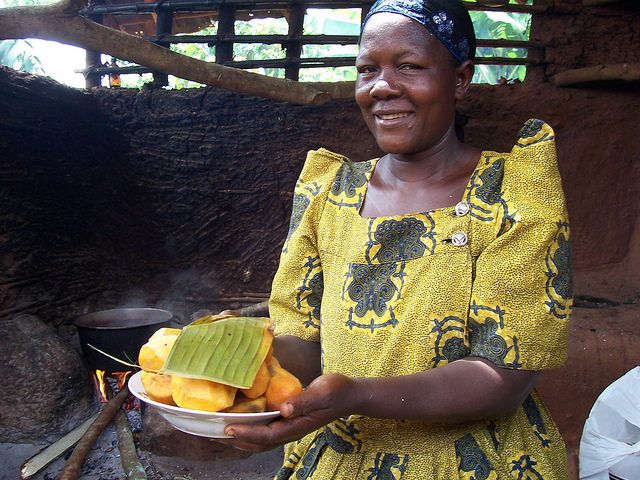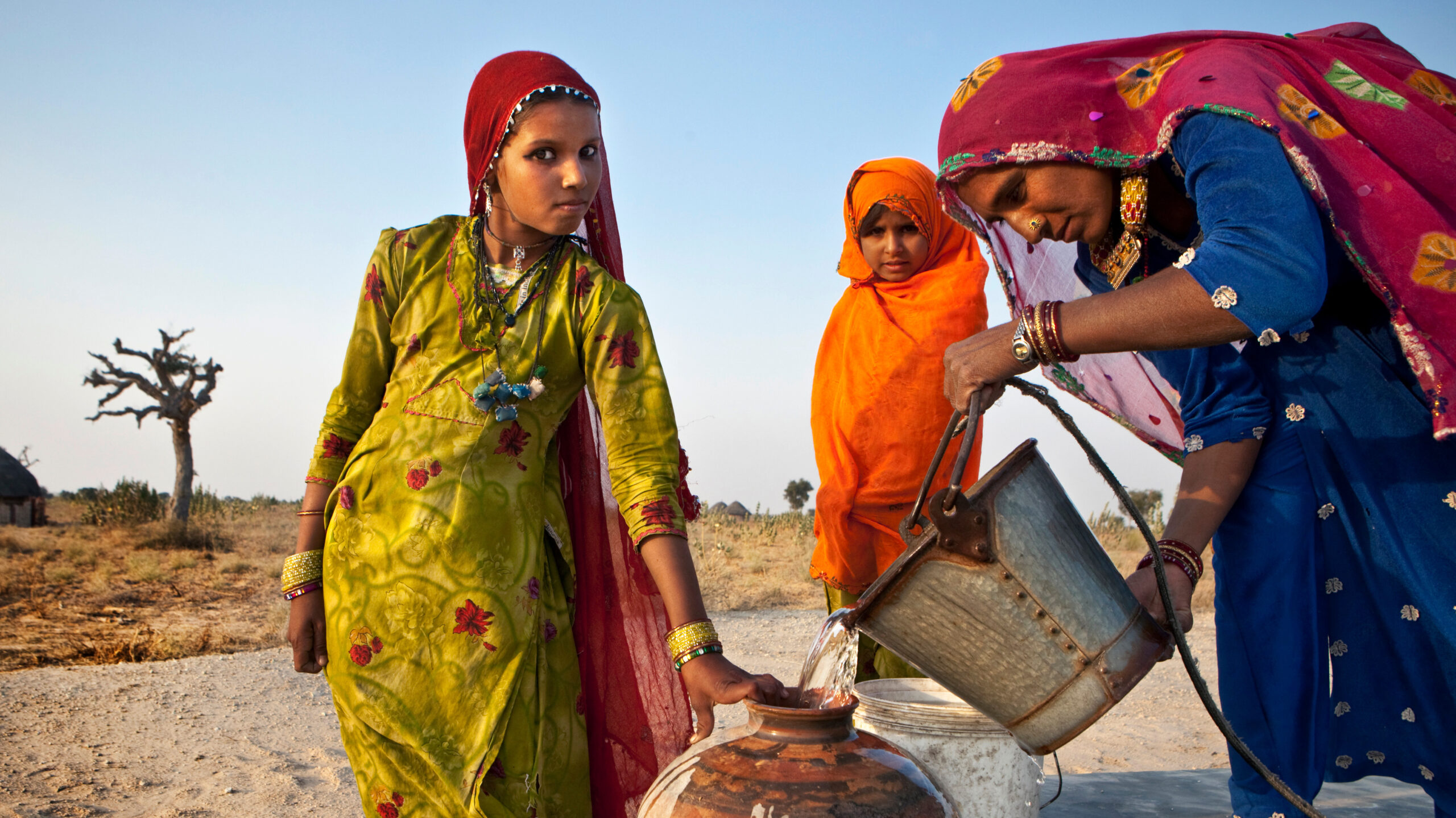Vitamin A deficiency is a widespread public health concern, particularly for children in the developing world. A lack of vitamin A in the diet can lead to stunted physical and mental development, heighten susceptibility to disease, and even result in blindness and death. In recent years, researchers have turned to biofortification—breeding higher levels of essential nutrients into staple crops—as a means of combatting micronutrient malnutrition. However, the success of this intervention depends upon the willingness of households to adopt the new, higher-nutrient varieties.
In their June 2014 discussion paper, Bargaining Power and Biofortification: The Role of Gender in Adoption of Orange Sweet Potato in Uganda, IFPRI researchers Dan Gilligan, Neha Kumar, and Agnes Quisumbing and their co-authors Scott McNiven and JV Meenakshi examine the role of gender and intrahousehold power dynamics in the adoption of biofortified orange sweet potato (OSP), and how gender impacts young children’s intake of vitamin A in these same households.
Using HarvestPlus data, the authors focused on two measures to pinpoint the level of female bargaining power within the household: the amount of non-land assets held by women and the amount of household land under their control. They found that:
- In female-headed households, OSP adoption was positively correlated with the amount of land controlled by the adult female household member. However, adoption declined when the share of non-land assets held by women rose, perhaps signaling the woman’s focus on income-generating activities outside the home as opposed to farming and crop choices.
- Female-headed households already growing sweet potato were more open to trying the biofortified varieties.
- Parcels of land exclusively controlled by men exhibited the lowest level of OSP adoption.
- Parcels of land under joint control—although with a woman leading crop decisions—exhibited the highest likelihood of OSP adoption.
- Even when women take the lead in crop choice, the decisions are generally made jointly with their husbands —so nutritional programs should be targeted appropriately to both genders.
And finally, with respect to the vitamin A intake of young children in the household, the authors found that it increased when there was female control of non-land assets, although they attributed this to the fact that an overall increase in women’s household bargaining power leads to an improvement in children’s nutrition due to better allocation of resources.
Related materials







